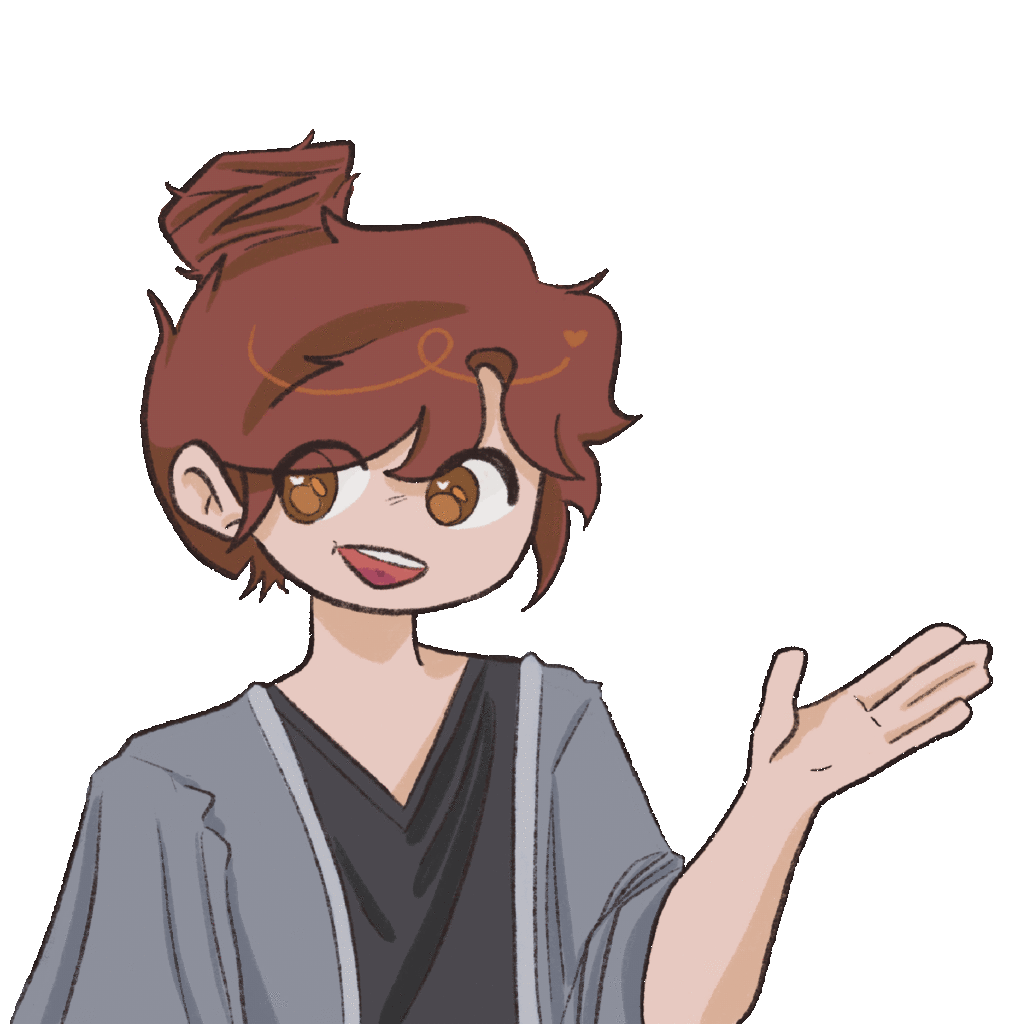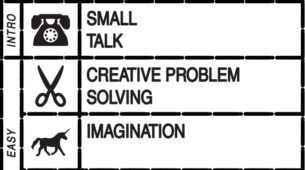I played the game “Monument Valley”, which is a puzzle and indie game created by Ustwo Games for mobile platforms including iOS and Android. Its target audience is broad, appealing to people of all ages who enjoy beautiful visuals and moderate puzzle challenges.
Gameplay Mechanics
In Monument Valley, the player must guide Princess Ida through a series of increasingly complex mazes. What makes this game special is how the player can rotate and move parts of the environment to create new paths (Figure 1). The objective of the game is clear: find the solution that leads Ida to the exit of each maze. The visual design is so simple and intuitive that it doesn’t need any guidance to understand what we need to do. Ida typically starts from one side of the screen, and there is usually a tower at the other side with a glowing gate marking the exit. These visual aids are intuitive and easy to understand for players of all backgrounds.

Figure 1. Rotating the block connects the path
Aesthetics and Narrative
Monument Valley involves several types of fun/aesthetics: challenge, abnegation, and a bit of narrative. The puzzles/challenges are very engaging, which makes the game addictive. The narrative is very subtle and minimalistic and is only revealed at the end of the game when Ida finally reaches the tower. It functions more like a final reward than pieces of information players gather throughout the progression of the game. Nonetheless, the narrative is a great addition to the game and adds depth to the experience.
Architecture and Visual Illusions
The mechanics of Monument Valley’s puzzles create a unique gaming experience through its clever use of visual illusions. The architecture is a key element of the game. It is not just a background, but an active element that can be manipulated to solve the puzzles. Importantly, the game designers use the architecture to create visual illusions by drawing the structures isometrically instead of in perspective, which most games do. This approach allows the designers to create “impossible” architectures. When I first rotated a block and saw previously disconnected paths suddenly connect, I couldn’t believe my eyes. Throughout my gameplay, I was constantly impressed by how the game uses these visual tricks to create a sense of wonder and mystery.
Its use of visual illusions is what makes Monument Valley stand out from other puzzle games. These illusions are not just artificial puzzles designed to be solved; they are like real puzzles that trick and fool us in our daily lives. In comparison, other puzzle games often have more predictable solutions, making the joy of solving them less satisfying.
Ethics
Because the “knowledge” the game designers assume players to have is so simple, intuitive, and innate to us, the game does not restrict players based on culture, educational background, or socio-economic status. It opens the game to players of all backgrounds who have some level of logical thinking. The game assumes players understand basic spatial relationships and can recognize visual illusions, which are relatively universal cognitive abilities that most people possess.



